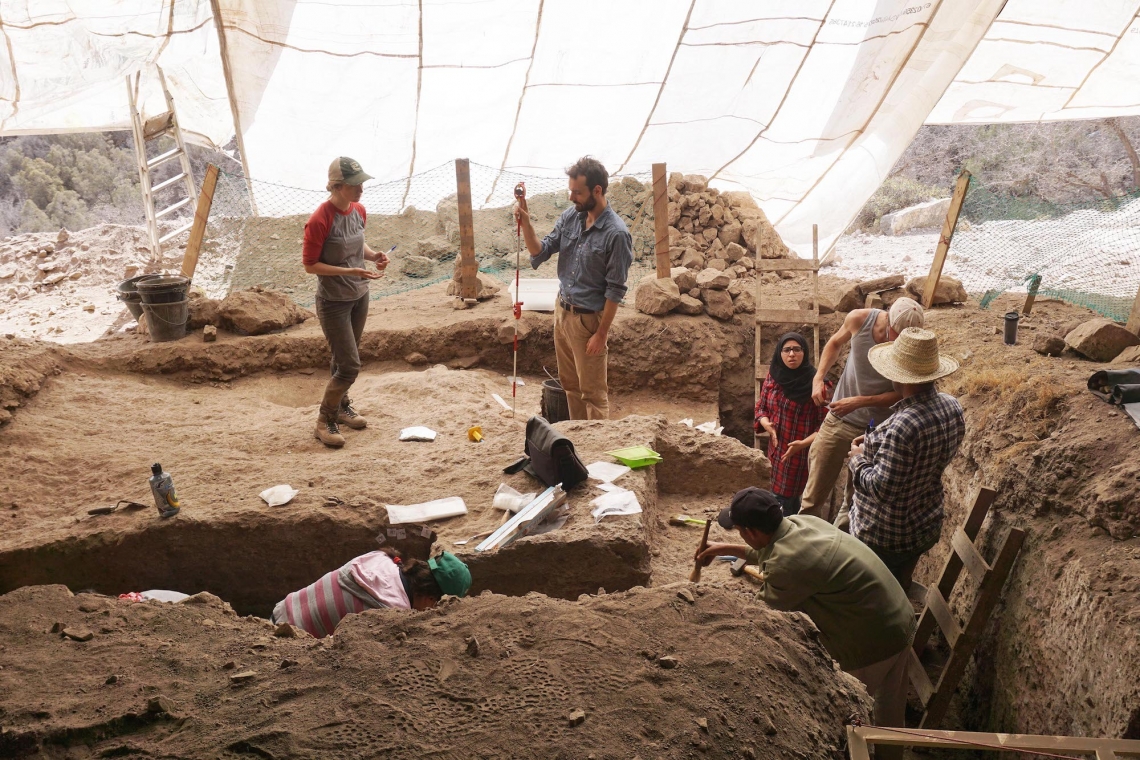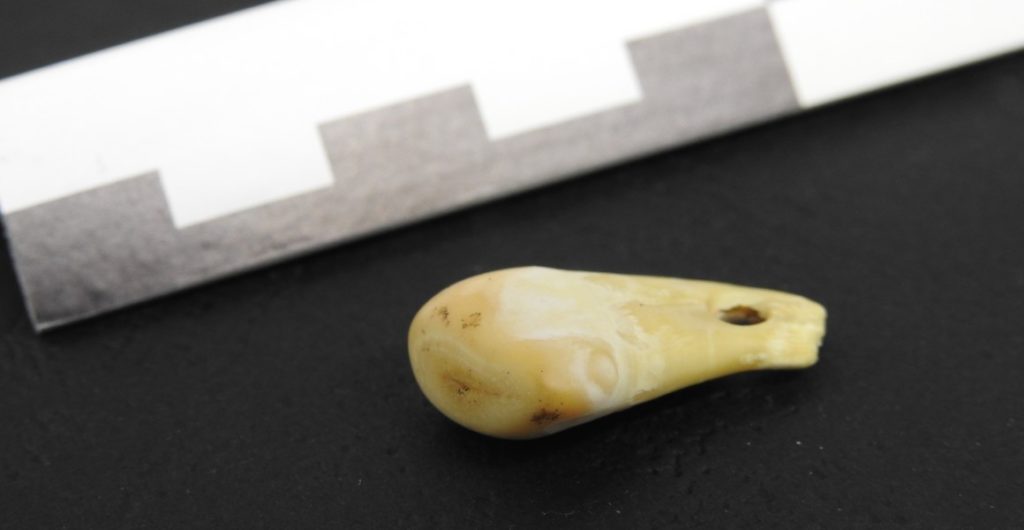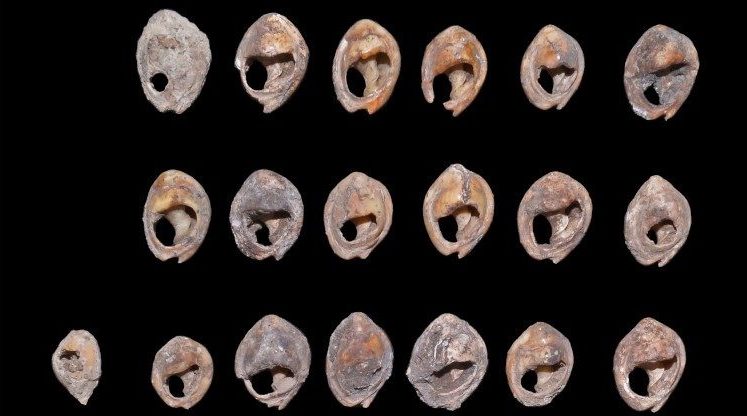Oldest ever jewelry found in Morocco
Jewelry has been an important part of human culture for thousands of years. From ancient times to the present day, jewelry has been used as a way to signify social status, to show affection, and as a form of self-expression. It has been made from a variety of materials such as bones, stones, shells, and precious metals. The discovery of the world’s oldest jewelry in western Morocco is a testament to the creativity and ingenuity of our ancient ancestors.
The set of shell beads, discovered by archaeologists in the Bizmoune Cave, are the world’s oldest known jewelry, dating back to between 142,000 and 150,000 years ago. The 33 beads are made from half-inch-long sea snail shells, and each bead had a hole drilled through it, presumably so they could be strung together and worn as a necklace or bracelet. The polished edges of the beads suggest that they were crafted by an ancient artisan.
The discovery of this ancient jewelry is significant because it provides insight into the artistic and creative capabilities of early humans. It also raises questions about the cultural significance of jewelry in ancient societies. Was it purely ornamental or did it have a deeper cultural or spiritual meaning? The answers are unknown, but the discovery of this jewelry adds to the growing body of evidence suggesting that early humans had an appreciation for aesthetics and self-expression.

The beads were dated using uranium-series dating, a method that measures the radioactive decay of uranium. The beads were found in layers of ash and sediment, which provides evidence of human activity in the area. The beads were made from two sea snail species, the Columbella rustica and Tritia gibbosula, and are similar to other finds on the African continent, although the earliest examples were previously thought to be just 130,000 years old.
The discovery of the world’s oldest jewelry and the identification of its creators are just two examples of the incredible advances being made in the field of archaeology. With new technologies and techniques, researchers are able to uncover more information than ever before about our ancient ancestors and their cultures. A new technique allows researchers to extract the DNA of people who have handled bone artefacts, giving clues about their culture. As we continue to uncover the secrets of the past, we gain a greater understanding of the rich and complex history of our species. And who knows what other amazing discoveries await us in the future.




